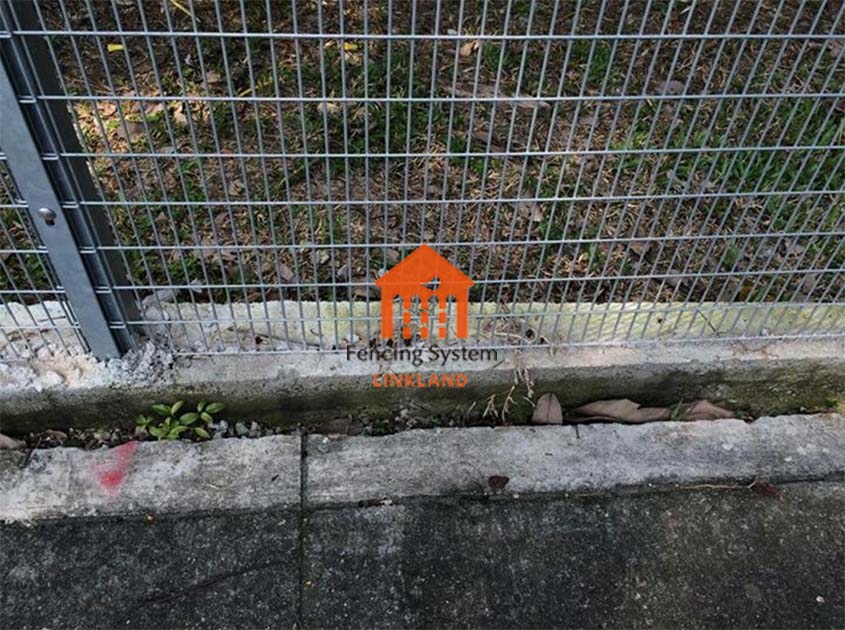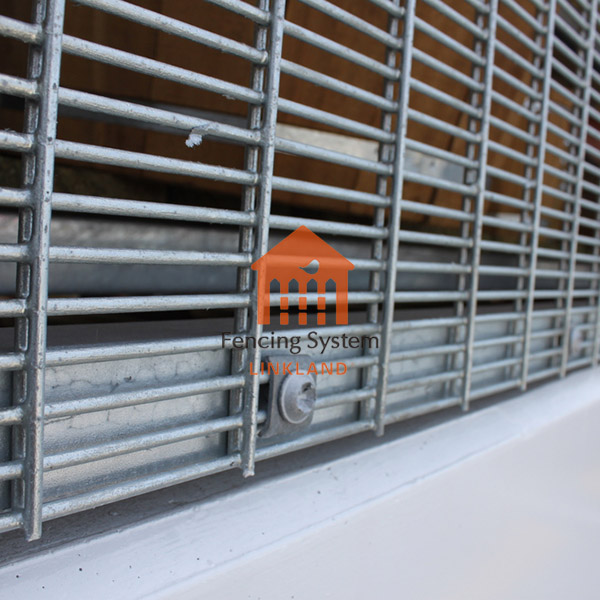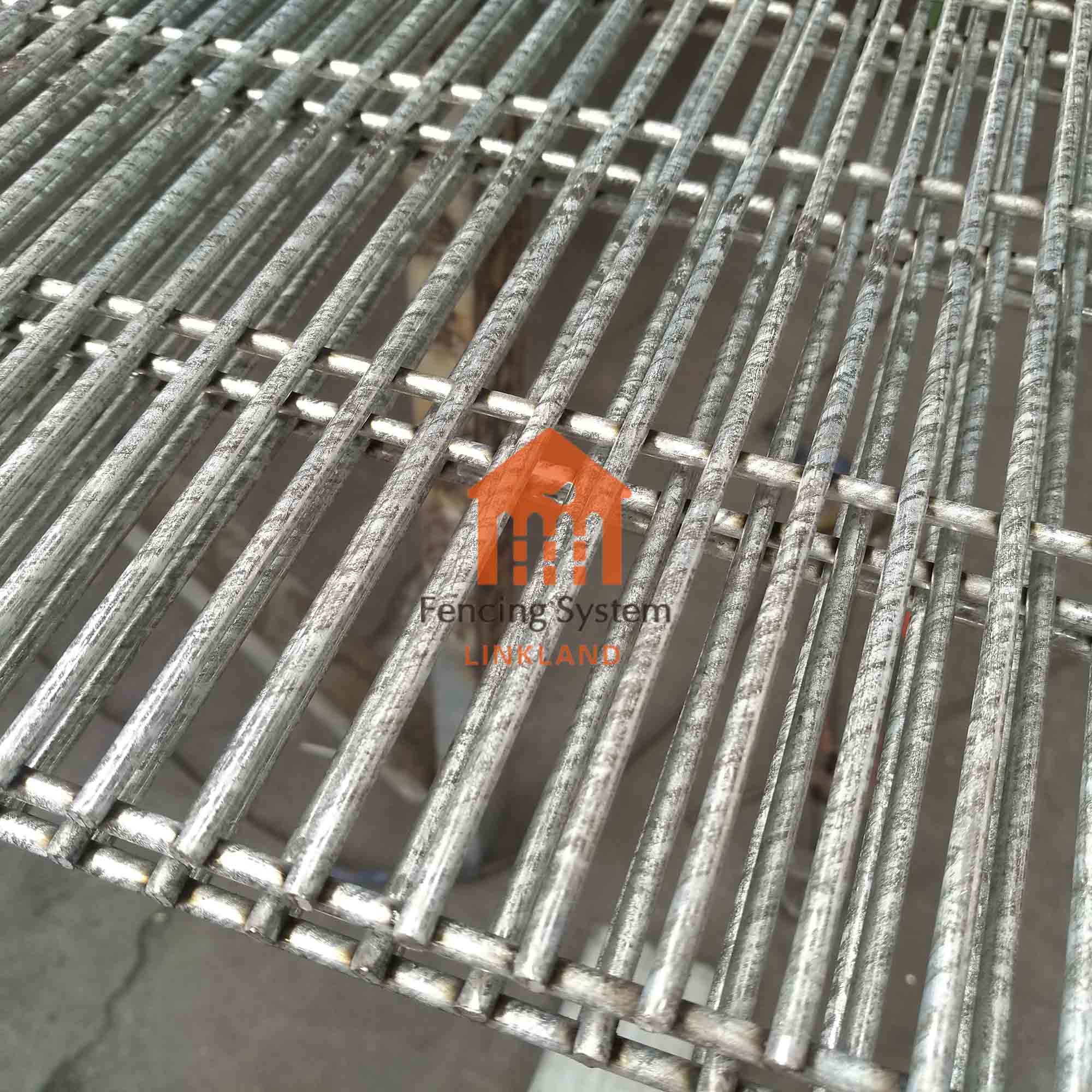Mechanical structure characteristics of anti-climbing fence
Sharp top design: Anti-climbing fences often have a sharp, sharp top design, making it difficult for climbers to find a stable support point and reducing the possibility of climbing.

Tight mesh: The mesh of the fence is usually small and does not allow climbers to pass or insert fingers or toes, thus preventing climbing and climbing.
Sturdy Construction: Anti-climb fences are usually made of strong materials, such as steel or aluminum, to provide sufficient strength and rigidity to deter vandalism and break-ins.

Installation Features
Fence height: The height of the fence should be determined according to specific needs and safety requirements. Taller fences can provide better anti-climbing and safety performance.
Supporting Structure: The fence needs to be installed on a strong supporting structure, such as a concrete foundation or steel posts. This ensures the stability and firmness of the fence.

Safety Clearance: There should be sufficient clearance between the fence and the ground to prevent climbers from using support structures or other objects to climb.
Installation density: When installing anti-climbing fences, the installation density of the fence should be determined according to safety requirements and budget constraints. Higher mounting densities provide larger protected areas, but also increase cost and installation time.
The anti-climbing fence can effectively prevent climbing and overturning behaviors through its mechanical structure characteristics and proper installation. Fence features such as sharp top design, tight mesh and sturdy construction need to be considered during installation.By comprehensively considering these factors, the effective installation and use of anti-climb fences can be achieved.
Pre:The role of anti-climb fence in secure border control
Next:Anti-climb fence Retrofit: Turning Safety Into a Masterpiece of Art